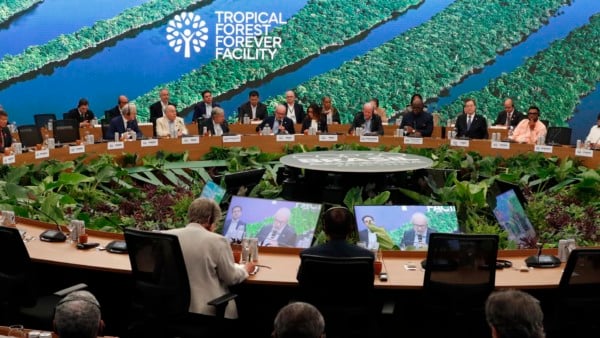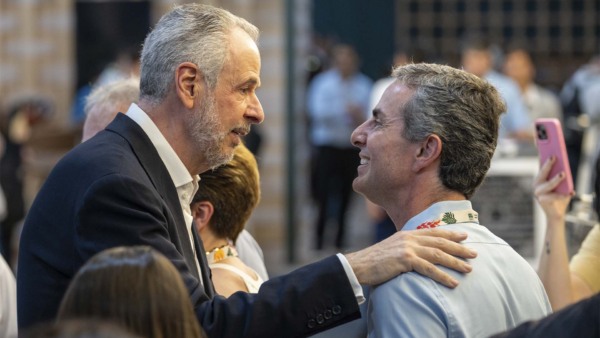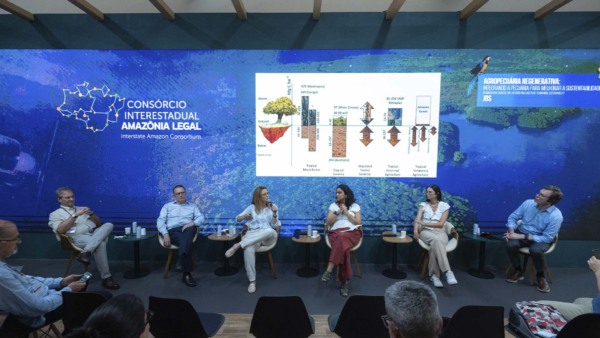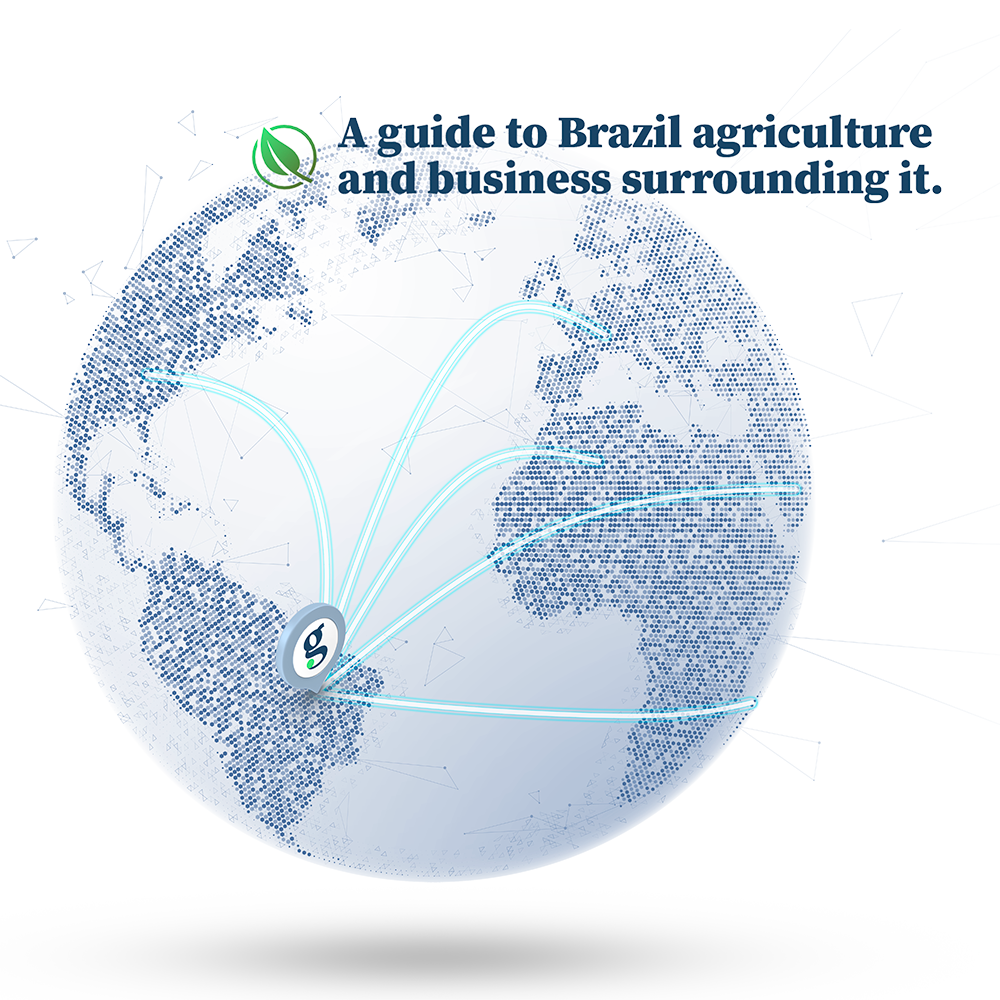
Brazilian farmers are planting a record area of soybeans this season, likely resulting in an all-time-high production. The logistics challenges of moving the oilseed from farms to ports are equally huge, a situation that may drive freight prices higher.
The South American nation is expected to harvest 166 million tons of soybeans in 2024/25, with 105 million tons seen directed for exports, according to Conab, the state-owned crop forecaster. Private consultants see even greater potential for this crop. According to Safras & Mercado consultancy, output could reach nearly 172 million tons of soy, with exports reaching 107 million tons in 2025, up 10% from last year.
The scale of this year’s harvest would be a concern on its own. But this season presents a further challenge: soybean planting is being concentrated in a short period, which means harvest is also likely to happen in a tight window, intensifying the demand for transportation in a limited timeframe.
Take the state of Mato Grosso, Brazil’s largest soybean producer. Over the past two weeks, from October 11 to October 25, the planted area has jumped from 9% to 56% of the total. Despite this progress, planting remains behind last year’s pace of 70% this time of the year.
“Mato Grosso is usually the first state to begin soybean harvesting, but this year, reaping is expected to start 10 to 15 days later, which will impact competition for transportation within Mato Grosso and neighboring states,” says Fernando Pauli de Bastiani, a researcher at Esalq-Log, an arm at the Sao Paulo university. “This is expected to be the first freight peak of the harvest season,” he adds.
The larger harvest and the more concentrated demand for transportation are expected to push road freight rates up by 13% to 18% in 2025, according to an estimate from Esalq-Log. “However, rates are not likely to reach the levels of the 2022/23 season, which were high due to the increase in diesel prices,” Bastiani notes.
A crop by trucks
The Brazilian grain harvest relies heavily on trucking, with over 60% of the total volume transported by road. “Railway share on grains transportation to ports has stagnated for years and has even declined in some,” says Daniel Furlan Amaral, regulatory affairs director at Abiove, an association representing Brazil’s soybean industry. “There’s an urgent need to increase the availability of rail services.”
Federal government investments in ground transport have been imbalanced. Between 2019 and 2023, only 1.1 billion reais ($190 million) were allocated to railways, representing a mere 4% of total investments. In contrast, highways received 96% of the funding, amounting to 28 billion reais ($4.9 billion).








